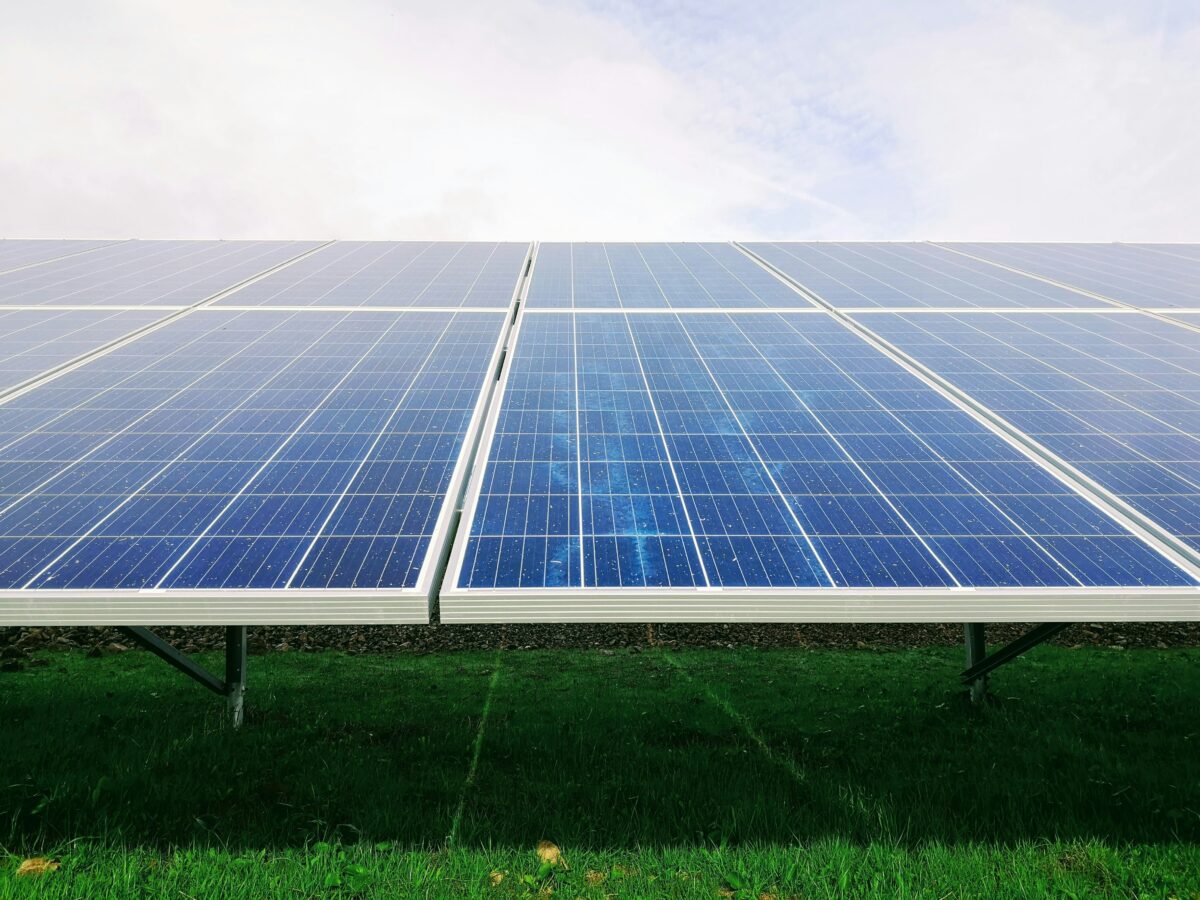A research group from China has developed a novel dirt-detection system for PV plants that uses a series of image-processing techniques, as well as unmanned aerial vehicles (UAVs) with cameras flying above the plants and an improved artificial intelligence (AI) algorithm for path optimization.
“Compared with other traditional methods, the proposed has lower computational complexity, faster operation speed, weak influence of light, and strong ability to locate dirt,” the research group said. “The improved path planning algorithm used in this study greatly improves the efficiency of UAV inspection, saves time and resources, reduces operation and maintenance costs, and improves the corresponding operation and maintenance level of photovoltaic power generation.”
The novel approach uses mathematical morphologies for image processing, such as image enhancement, sharpening, filtering, and closing operations. It also uses image histogram equalization and edge detection, among other methods, to find the dusted spot. For path optimization, it uses an improved version of the A* (A-star) algorithm.
“In the traditional static environment, the A* algorithm can effectively find the optimal path planning distance between two points. However, in the application of the inspection of photovoltaic power stations, due to the complexity constraints of the scene, the traditional A* algorithm cannot show the best performance,” the group explained. “This study optimizes the algorithm from two perspectives: planning the search space and optimizing the heuristic function.”
After developing the method, the group tested it against reference methods under a Matlab 2022b environment, using a DJI Matrice 300 RTK UAV and Zenmuse X5S camera. For dust recognition capabilities, the novel method experimented against reflectance spectrum analysis, electrochemical impedance spectroscopy analysis, and infrared thermal imaging.
“Compared to the two methods, reflectance spectrum analysis and infrared thermal imaging, the method used in this study has the lowest computational complexity and the shortest running time, while the other two methods consume more time and do not utilize real-time analysis,” the researchers stated. “Moreover, compared with other methods, the method used in this study is the weakest affected by light and has the strongest positioning ability of dirt.”
The novel approach was tested against the classic, unimproved A* algorithm for path optimization. “In different experimental scenarios, the improved A* algorithm takes a shorter time for UAV inspection, which saves fight time and fight distance and greatly improves the cleaning efficiency of solar panel stains,” the analysis shows.
The research was presented in “Research on detection method of photovoltaic cell surface dirt based on image processing technology,” published in Scientific Reports. The group was formed by scientists from China’s Hangzhou Electric Power Design Institute, Hangzhou Power Equipment Manufacturing, and the Northeast Electric Power University.
This content is protected by copyright and may not be reused. If you want to cooperate with us and would like to reuse some of our content, please contact: editors@pv-magazine.com.



By submitting this form you agree to pv magazine using your data for the purposes of publishing your comment.
Your personal data will only be disclosed or otherwise transmitted to third parties for the purposes of spam filtering or if this is necessary for technical maintenance of the website. Any other transfer to third parties will not take place unless this is justified on the basis of applicable data protection regulations or if pv magazine is legally obliged to do so.
You may revoke this consent at any time with effect for the future, in which case your personal data will be deleted immediately. Otherwise, your data will be deleted if pv magazine has processed your request or the purpose of data storage is fulfilled.
Further information on data privacy can be found in our Data Protection Policy.